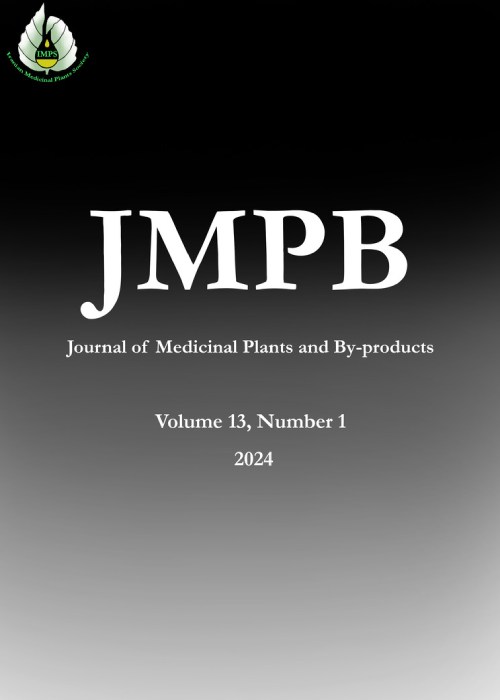Using Morphological and Phytochemical Traits and ITS (1, 4) and rbcl DNA Barcodes in the Assessment of Different Malva sylvestris L. Genotypes
Since rbcl gene and protein, as well as internal transcribed spacer (ITS1,4) regions, have not been used in the evaluation of Malva sylvestris L., this study was aimed to assess different Iranian Malva sylvestris L. genotypes by evaluation of morphological and phytochemical traits, along with rbcl and ITS1,4 gene sequences. Furthermore, three-dimensional and functional structures of Malva sylvestris L. rbcl protein were examined, as well. Nine Malva sylvestris L. genotype samples were collected from different regions of Iran. After species identification, completely randomized design with three replicates was used to evaluate different genotypes, based on morphological and phytochemical traits. DNA extraction was carried out using the SDS method and then final PCR products were sent to Macrogen Company, South Korea for sequencing. Sequence quality was assessed using Chromas 2.1.1 software. Then, the sequences were aligned using the ClustalW method in MegAlign 5 software and the dendrogram of the phylogenetic relationships and similarity matrices were plotted, as well. SWISS-MODEL and QMEAN servers were used for modeling and validation of rbcl protein. Ramachandran plot analysis and Pro-SA servers were used to evaluate the structure and chemical quality of the protein. Comparison of the mean physio-morphological traits between different genotypes showed the highest stem diameter (9.58 mm), root length (61.22 cm), root fresh weight (18.86 g), root dry weight (4.84 g) as well as proline content (0.614mg/gDW) in Mashhad genotype. Based on stepwise regression results in the presented models, root fresh weight and plant dry weight had the most positive effect on root length, but stem diameter and plant fresh weight had the most negative effect. Moreover, while chlorophyll b had the most negative and direct effect on proline function, chlorophyll a, carotenoids, carbohydrates and total protein contents had the most positive effects, respectively. Assessment of proteinprotein interaction networks revealed that most proteins encoded by matK, psb-tranH genes interact with rbcl protein. The results of cluster analysis, similarity matrix as well as dN/dS ratio showed high similarity and conservation of ITS and rbcl sequences among different Malva sylvestris L. genotypes. rbcl and ITS sequences were not suitable markers to evaluate phylogenetic relationships intraspecies (at subspecies level) but are useful to evaluate interspecies relationships. Furthermore, the Mashhad genotype is suitable for dry and water deficit conditions, withstanding such conditions. Therefore, it is recommended that this genotype can be used both as a parent and or directly to breed, develop and modify Malva sylvestris L. species.
- حق عضویت دریافتی صرف حمایت از نشریات عضو و نگهداری، تکمیل و توسعه مگیران میشود.
- پرداخت حق اشتراک و دانلود مقالات اجازه بازنشر آن در سایر رسانههای چاپی و دیجیتال را به کاربر نمیدهد.



